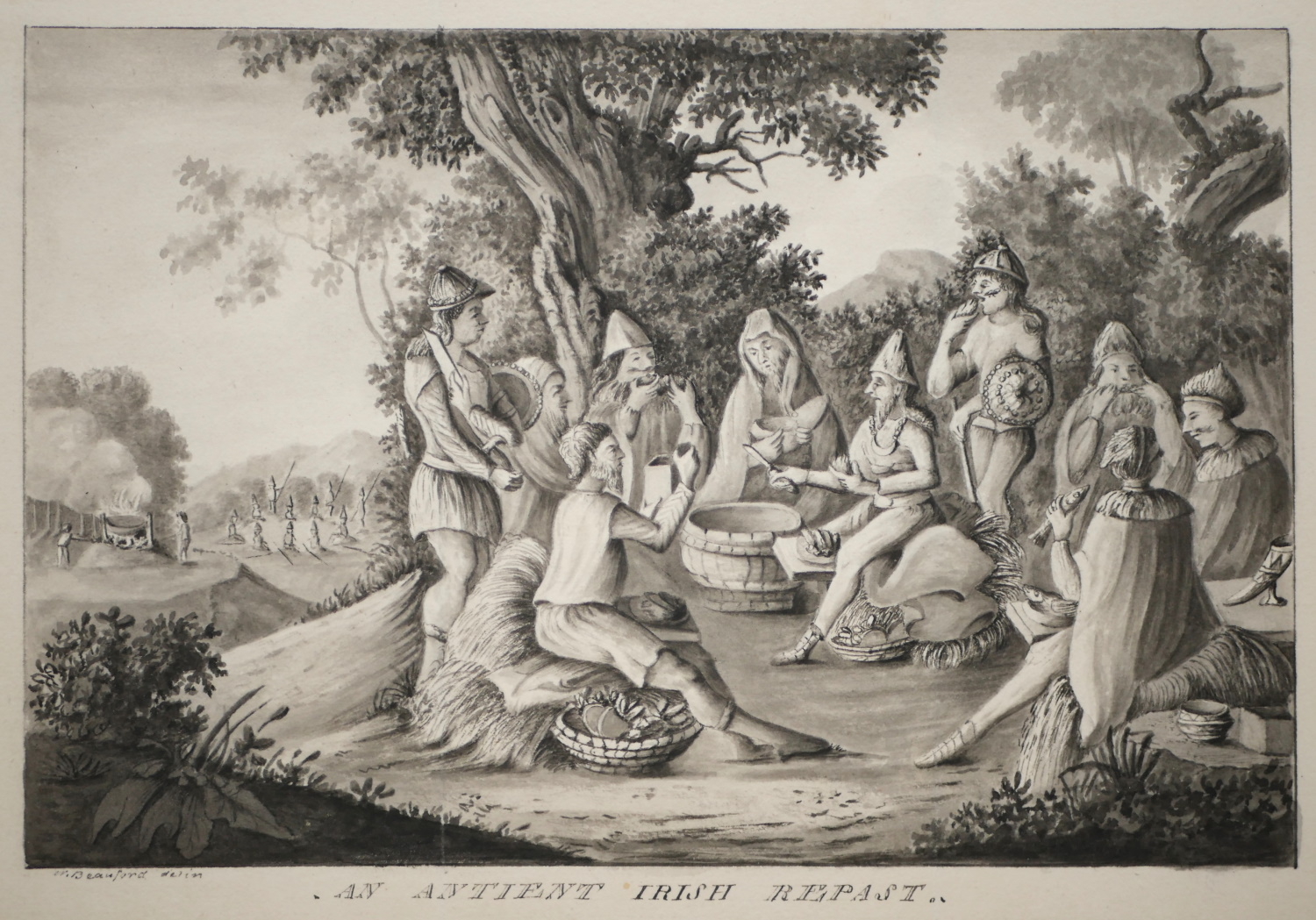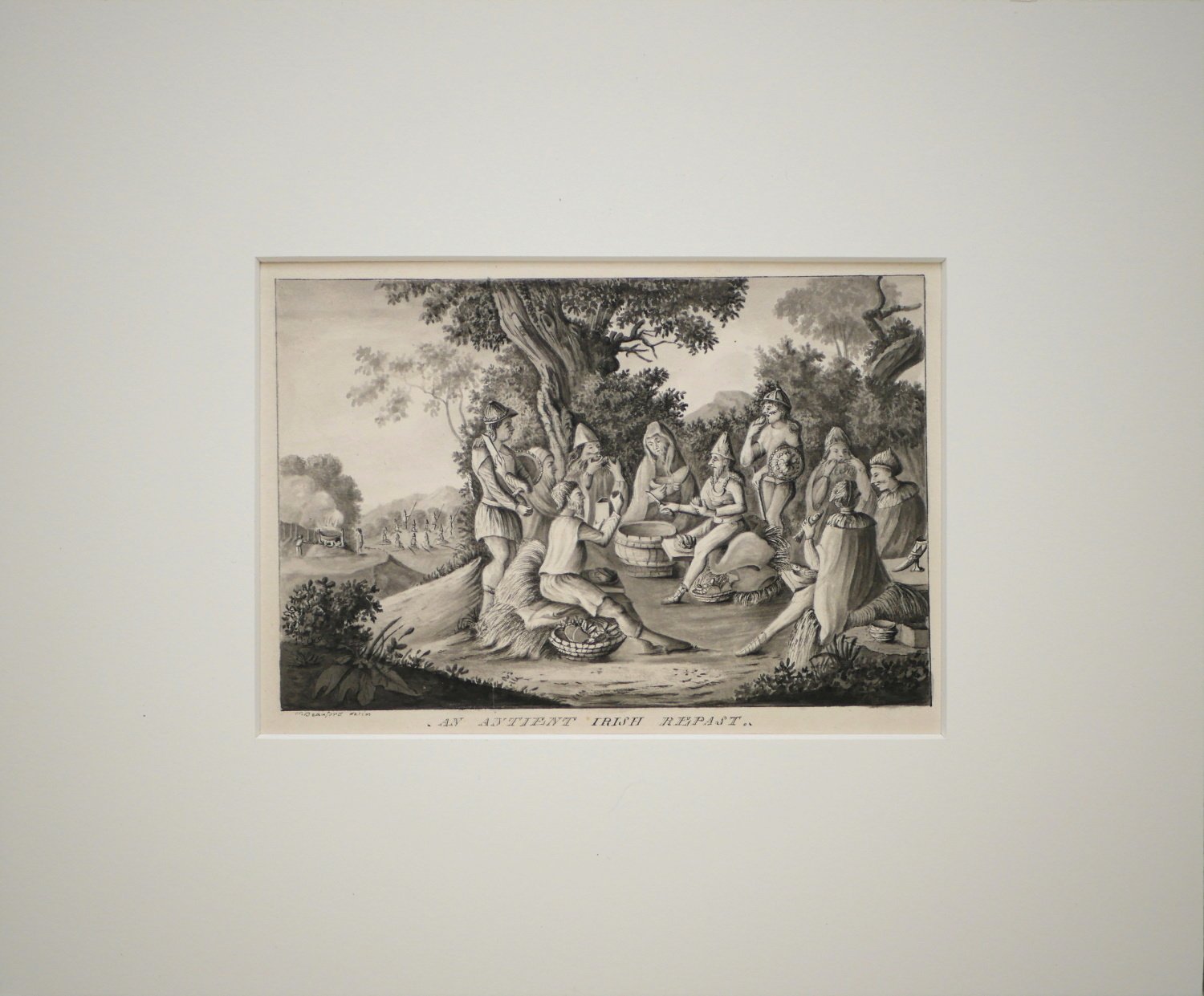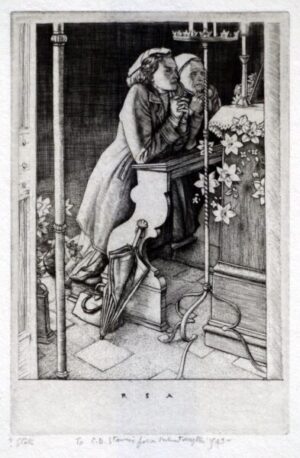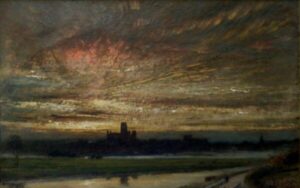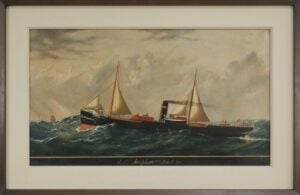Beauford, William Henry (1735-1819)
William Beauford was an amateur artist, although he spelled his name differently, he may have been a son of Daniel Cornelius de Beaufort, a French refugee who came to Ireland and after various preferments became rector of Clonenagh, Mountrath, in 1758, and died in 1788. This Daniel had a son, Daniel Augustus Beaufort, rector of Collon, Louth, born in 1739, who is known as the author of a Map of Ireland, with memoir, published in 1792. Of the personal history of William Beauford little is known. In 1769 he was one of the sixty-one competitors who sent in designs for the building of the Exchange on Cork Hill. He was an ardent student of Irish antiquities and ancient music, an accomplished draughtsman and was, with General Vallencey, Wm. Burton Conyngham, the Rev. E. Ledwich and others, one of the founders of the Antiquarian Society. He contributed a paper on “Druidism” to Vallencey’s “Collectanea” in 1781, illustrated with plates after his own drawings, and also illustrated several of the antiquarian works published in Dublin at the end of the eighteenth century. He accompanied his friend the Rev. Edward Ledwich in an antiquarian tour in the south of Ireland in 1786, and made another tour through Carlow and Wicklow in 1787. Many of the drawings of houses, old castles, churches, monasteries, and ancient remains made by him in these and other tours were engraved by James Ford for Ledwich’s “Antiquities of Ireland,” published in 1790.
In Ledwich’s “Irishtown and Kilkenny” are plates of “St. John’s Abbey, Kilkenny,” and “East Window of Dunamase Abbey,” engraved from Beauford’s drawings by J. Duff.
In the Library of Trinity College, Dublin, is a collection of letters addressed by him to Joseph Cooper Walker, author of the “Historical Memoirs of the Bards and Music of Ireland,” 1786, and of an “Essay on the Dress, Armour and Weapons of the Irish.” They bear dates between 1784 and 1790, and were written from Athy where Beauford was then residing; they deal principally with the subjects upon which Walker wrote. Drawings by him were engraved for the “Irish Bards,” and by H. Brocas and S. Clayton for “Anthologia Hibernica,” 1793-1794. In Grose’s “Antiquities” is an engraving of “Cromlechs,” W. Beauford del., 1788. In his old age he became an inmate of Simpson’s Hospital, Great Britain Streeet, and died there in 1819, aged 84.
